Vauban
Marsella
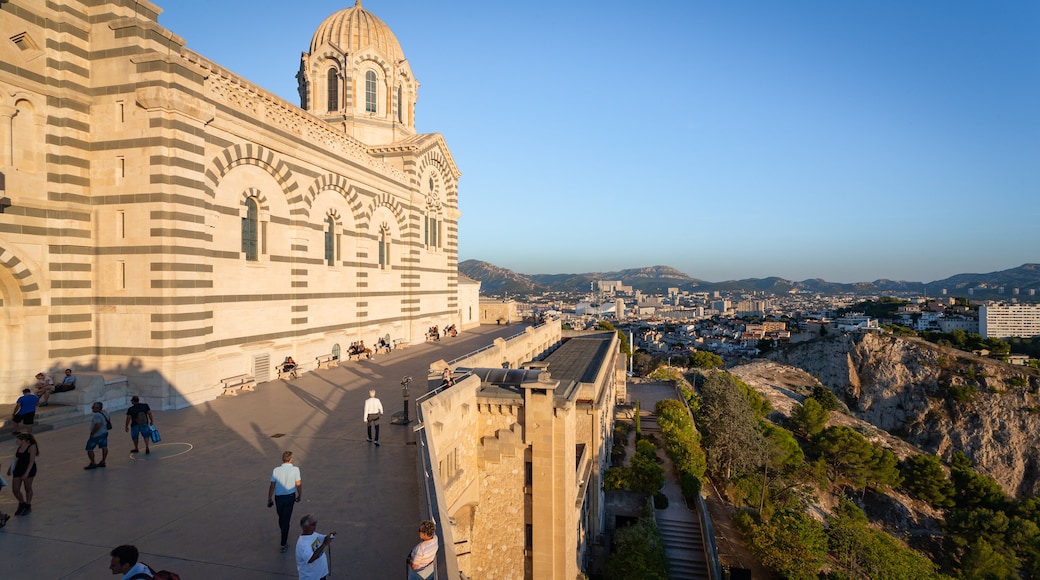

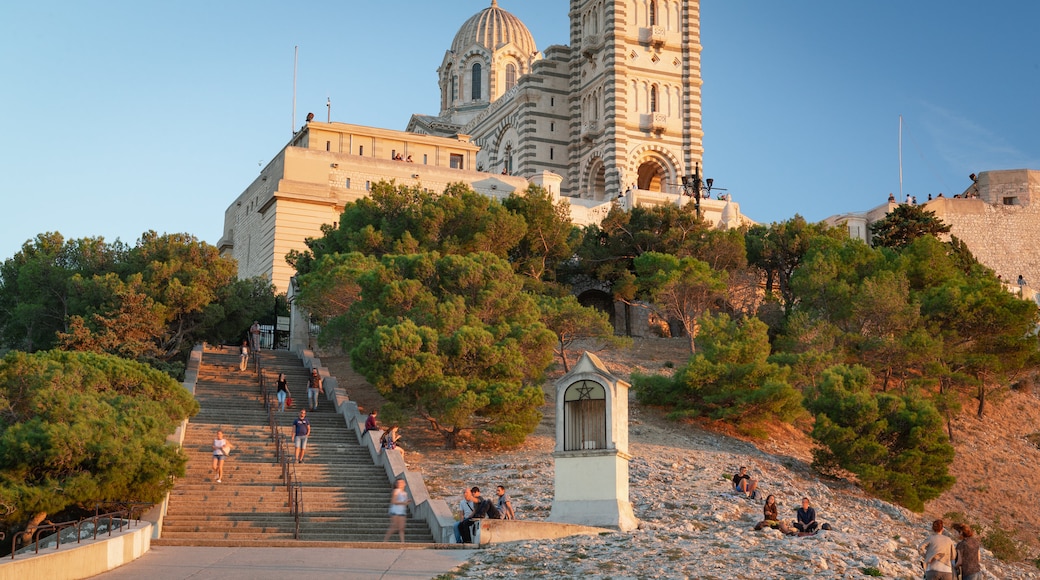

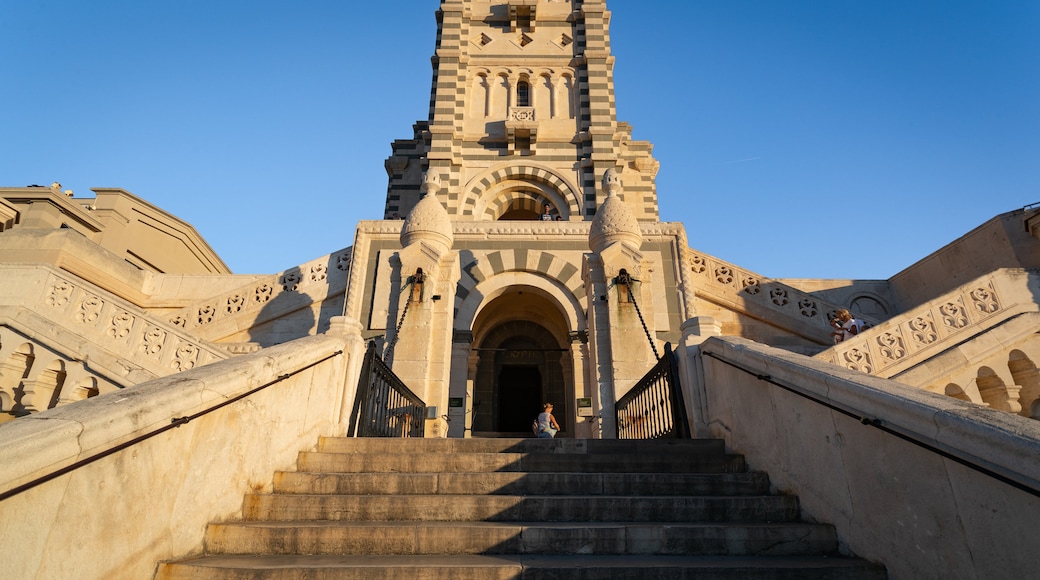
Sitios más populares para visitar
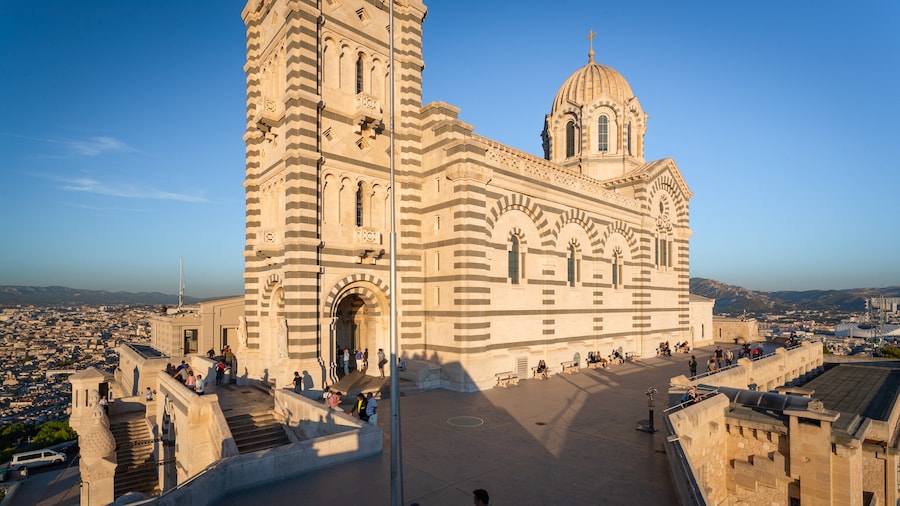
Notre-Dame de la Garde
Conocerás de cerca la historia de Marsella con una visita a Notre-Dame de la Garde. Aprovecha para contemplar la vista desde el puerto o visitar las tiendas de la zona.

Stade Vélodrome
Aprovecha las opciones entretenidas que te ofrece Stade Vélodrome cuando vayas a Marsella. Cuando estés en la zona, guarda tiempo para nadar en sus playas y salir de compras.
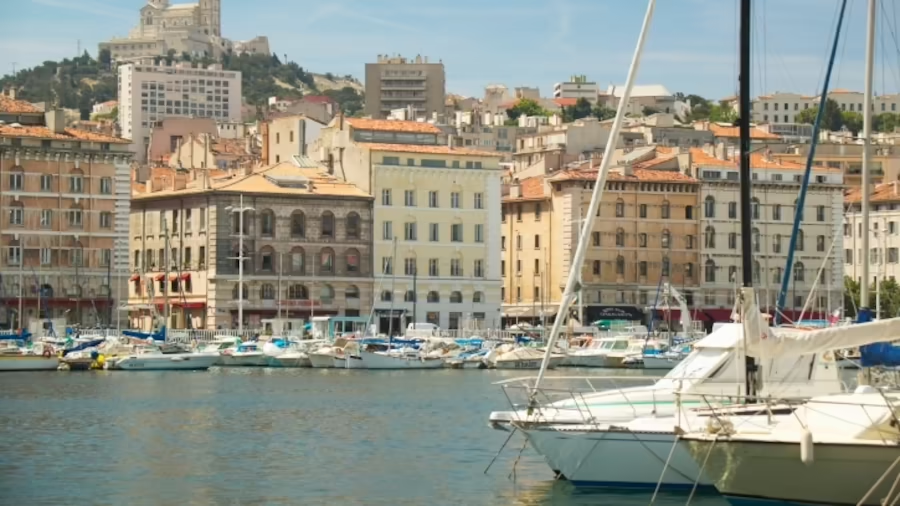
Gran Puerto Marítimo de Marsella
Cuando visites Marsella, acércate a Gran Puerto Marítimo de Marsella. Aprovecha para relajarte en las playas o visitar las tiendas de la zona.
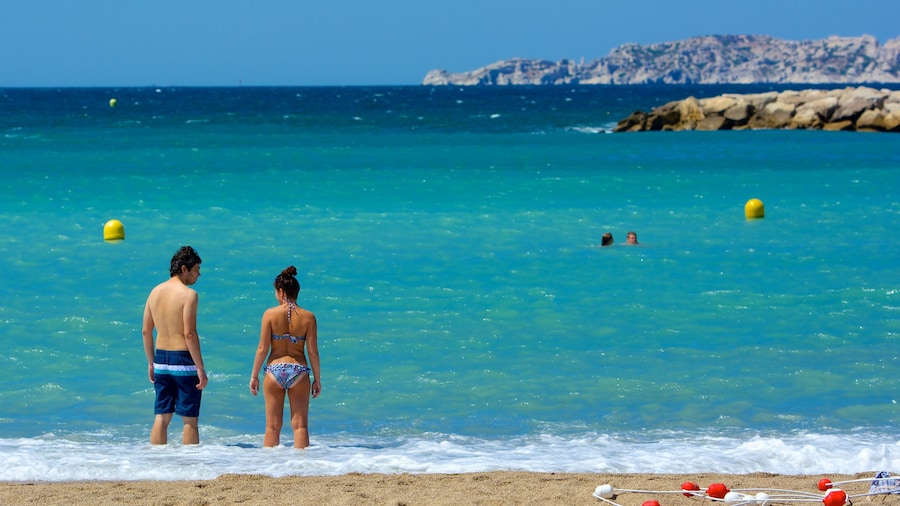
Playa del Prado
Recuéstate sobre la arena, juega un partido de rugby en la playa o disfruta del viento del mediterráneo en la playa favorita de Marsella durante el verano.
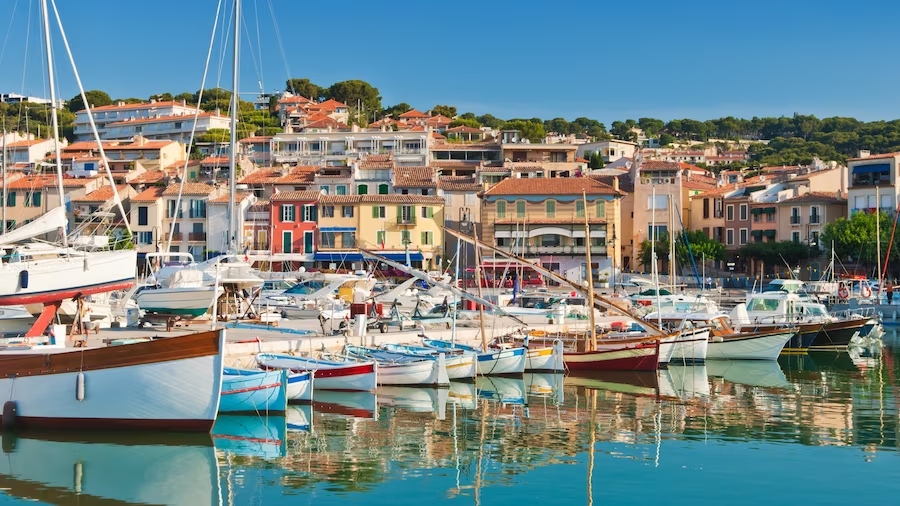
Playa de Cassis
Si tu plan es pasar unas vacaciones relajadas, Playa de Cassis es el destino perfecto.
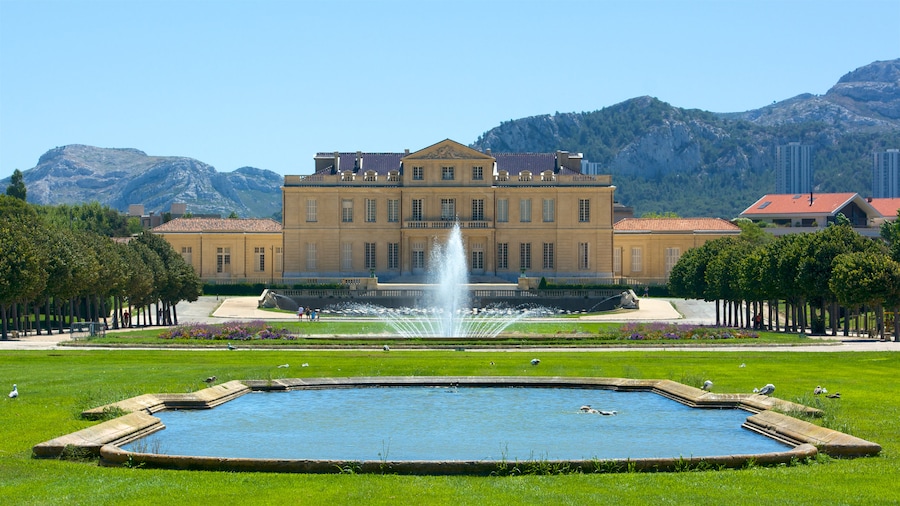
Parc Borély
Explora la vegetación, así como los diseños y tesoros escondidos del parque favorito de Marsella y uno de los jardines más destacados de Francia.
Actividades

Desde Marsella: caminata guiada por el Parque Nacional de Calanques

Marsella: visita guiada virtual en bicicleta eléctrica
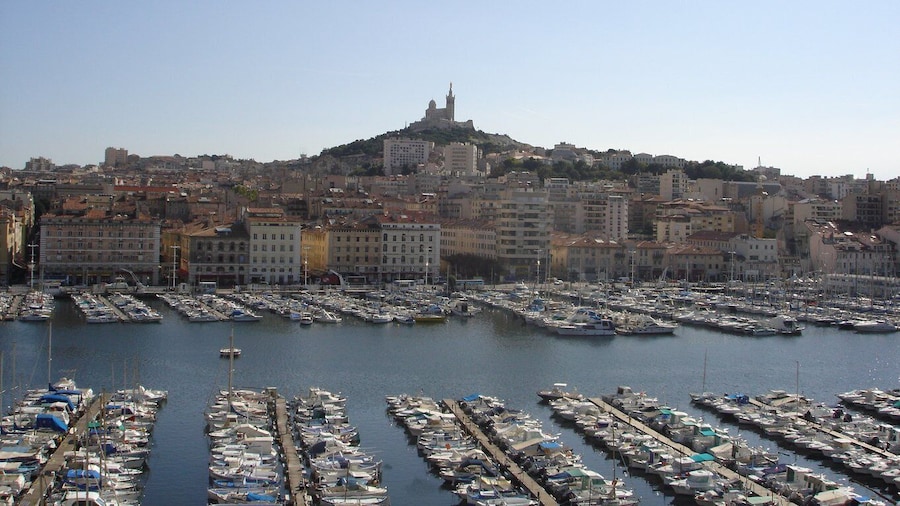
Marsella: CityPass de 24, 48 o 72 horas con transporte público

Tour de repostería francesa y chocolate en Marsella
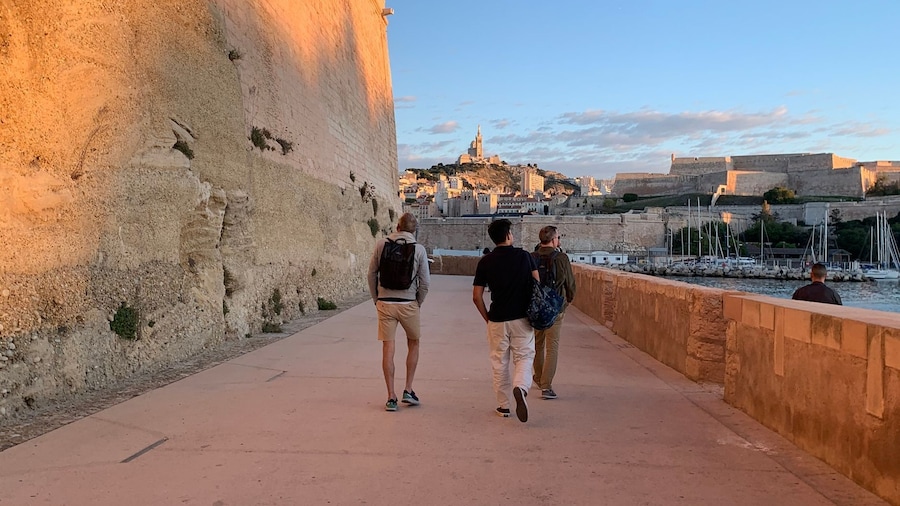
Marsella: recorrido gastronómico al atardecer en Apéro
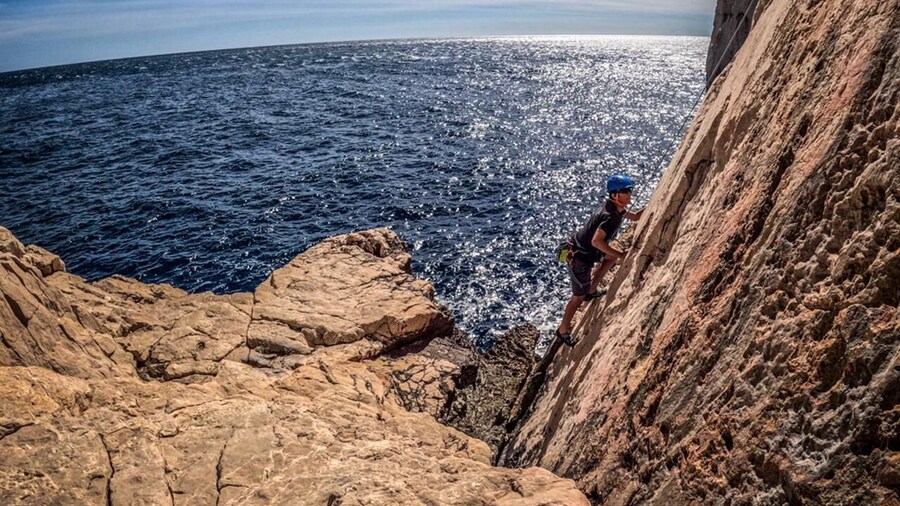
Sesión de descubrimiento de escalada en las Calanques cerca de Marsella
Las mejores opciones de hoteles en Vauban

Maisons du Monde Hôtel & Suites - Marseille Vieux Port
Buen hotel
Enviada el 11 oct. 2025

Toyoko Inn Marseille Saint Charles
Hotel para dormir una sola noche correcto , habitacion pequeña pero con lo necesario. el personal y las instalaciones bien. La localización no me pareció segura en barrio conflictivo
Enviada el 12 sept. 2025

Golden Tulip Marseille Euromed
La empleada Aisha nos hizo sentir como en casa. Fue un trato excelente. Nos orientó sobre lugares a conocer.
Enviada el 20 jul. 2025

Staycity Aparthotels, Marseille, Centre Vieux Port
La ubicación es buena en relación a su cercanía con los lugares de atracción. Sin embargo, por las noches se siente un poco sola la zona, es algo sucia y de pronto hay presencia de personas de la calle. En opinión de la gente de recepción es segura. La habitación es amplia y confortable pero si quieres ...
Enviada el 2 oct. 2025

Mercure Marseille Centre Vieux Port
Feo lugar
Enviada el 20 jul. 2025

Residhotel Grand Prado
Buena, no sé que más decir! Gracias!
Enviada el 15 jun. 2025
Otras zonas en las cercanías de Vauban
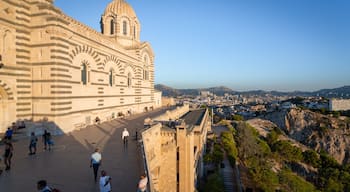
VI Distrito
Cuando visites VI Distrito, podrás disfrutar de cosas tan destacadas, como su vista frente al agua. También puedes aprovechar para darte una vuelta por Place Castellane. Y para ir a otros rincones de la zona, toma el metro en Estación de metro de Castellane o Estación de metro de Estrangin.
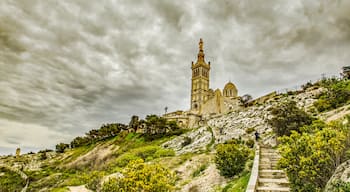
Saint-Victor
Saint-Victor es una zona muy popular por su vista frente al agua. Cuando salgas a pasear, incluye una visita a Teatro Nacional La Criée de Marsella o Musée du Santon en tu itinerario.
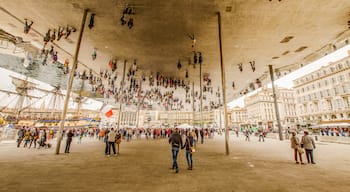
Opéra
La gran variedad de restaurantes y la cautivadora vista frente al agua son algunos de los aspectos más destacables de Opéra. Cuando llegues a este destino, asegúrate de incluir una visita a La Canebière o Ópera de Marsella en tu itinerario.

Périer
Aunque Périer no tenga muchos puntos de interés, puedes explorar sus alrededores y visitar lugares, como Centro de Exposiciones y Feria Internacional de Marsella y Notre-Dame de la Garde.
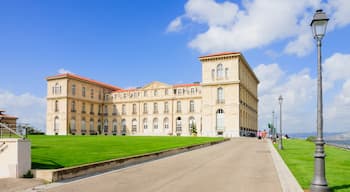
VII Distrito
La gran variedad de restaurantes y la cautivadora vista frente al agua son algunos de los aspectos más destacables de VII Distrito. Cuando llegues a este destino, asegúrate de incluir una visita a Vallon des Auffes o Playa de los catalanes en tu itinerario.

Le Rouet
Algunos de los aspectos más destacables de Le Rouet son su vista frente al agua y sus cafeterías. Aquí puedes darte una vuelta por Mercado del Prado. Y para desplazarte por la ciudad, puedes tomar el metro en Estación de metro de Perier.